The Microbiome Cosmetic Products Market is currently characterized by a dynamic competitive landscape, driven by increasing consumer awareness regarding skin health and the role of the microbiome. Major players such as Procter & Gamble (US), L'Oreal (FR), and Unilever (GB) are strategically positioning themselves through innovation and product diversification. These companies are focusing on developing microbiome-friendly formulations that cater to the growing demand for natural and sustainable beauty products. Their collective emphasis on research and development, alongside strategic partnerships, is shaping a competitive environment that prioritizes efficacy and consumer trust.
In terms of business tactics, companies are increasingly localizing manufacturing to enhance supply chain efficiency and reduce costs. The market structure appears moderately fragmented, with a mix of established brands and emerging players vying for market share. The influence of key players is significant, as they leverage their extensive distribution networks and brand recognition to capture consumer interest in microbiome-based products.
In November 2025, L'Oreal (FR) announced a partnership with a leading biotechnology firm to develop a new line of microbiome skincare products. This collaboration is expected to enhance L'Oreal's product offerings and strengthen its position in the microbiome segment, reflecting a strategic move towards integrating cutting-edge science with consumer needs. The partnership underscores the importance of innovation in maintaining competitive advantage in this rapidly evolving market.
In October 2025, Unilever (GB) launched a new range of microbiome-friendly hair care products, emphasizing sustainability and natural ingredients. This initiative aligns with the growing consumer preference for eco-conscious products and positions Unilever as a leader in the sustainable beauty movement. The launch not only expands their product portfolio but also reinforces their commitment to environmental responsibility, which is increasingly becoming a key differentiator in the market.
In September 2025, Procter & Gamble (US) unveiled a new research initiative aimed at understanding the impact of microbiome diversity on skin health. This initiative is pivotal as it seeks to provide scientific backing for their product claims, thereby enhancing consumer trust and loyalty. By investing in research, Procter & Gamble is likely to solidify its reputation as a thought leader in the microbiome space, which could translate into increased market share.
As of December 2025, current trends in the Microbiome Cosmetic Products Market indicate a strong focus on digitalization, sustainability, and the integration of AI technologies in product development. Strategic alliances are becoming increasingly prevalent, as companies recognize the value of collaboration in driving innovation. Looking ahead, competitive differentiation is expected to evolve, with a shift from price-based competition to a focus on innovation, technology, and supply chain reliability. This transition suggests that companies that prioritize these aspects will likely emerge as leaders in the microbiome cosmetic landscape.


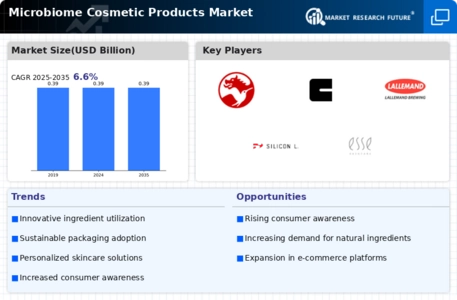
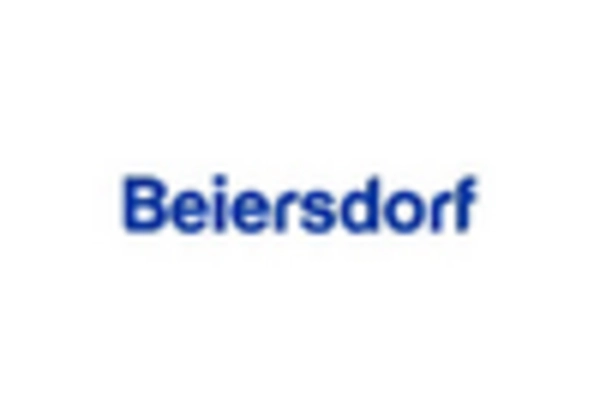
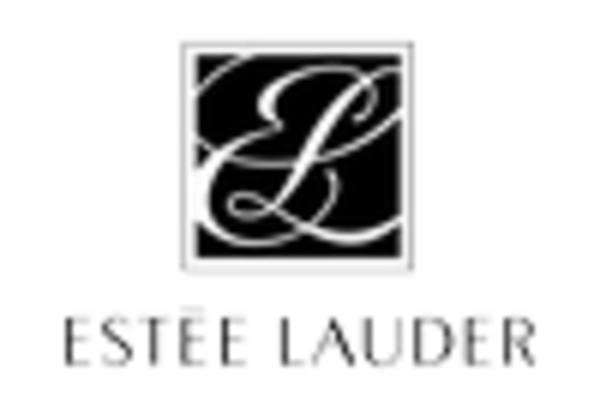
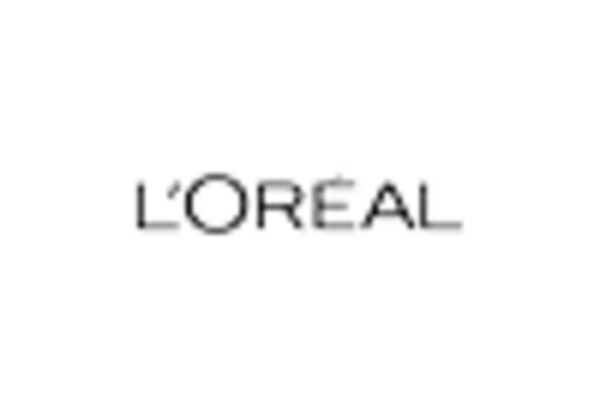
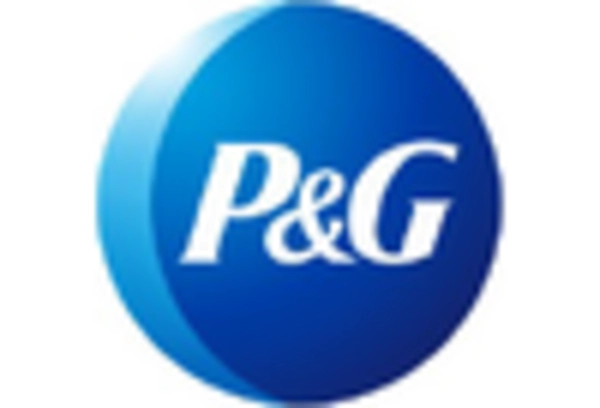
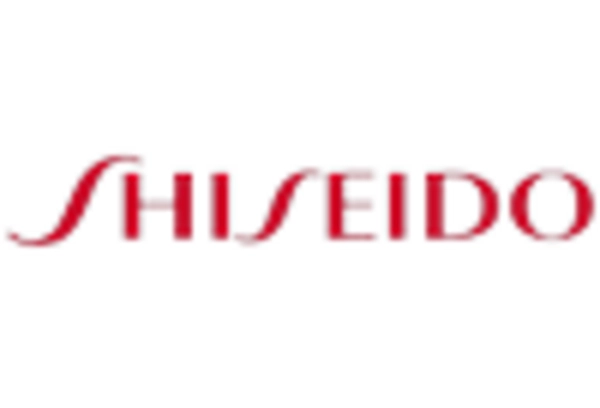









Leave a Comment